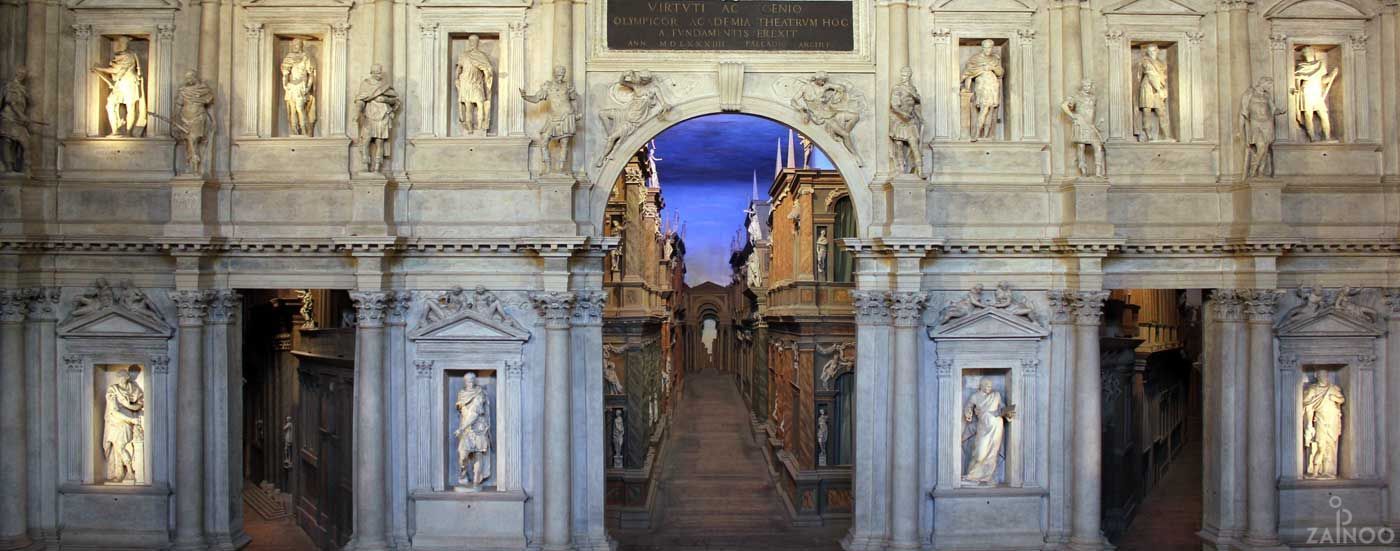History of Vicenza
From a small Roman town to the centre of European, classical architecture
Vicenza’s history, at first sight, doesn’t seem to be nearly as exciting as that of the neighbouring cities of Venice, Verona and Padua. But the city still plays an important role, especially in European architecture. The Roman town on the road between Milan and Trieste developed, like its neighbours, in the Middle Ages into an independent city state before it came under the rule of Venice. However, the most historically significant time for Vicenza was in the 16th century, when Andrea Palladio initiated classicism in Europe with his unique architecture.
Vicenza in ancient times
Vicenza was successively colonised through history by the Euganei and Venetians, who laid the foundations for the contemporary city. In the fight against the Celtic tribes in the north, Vicenza was an important strategic place that was also recognised by the Romans, who integrated the city “Vicetia” into their empire in 157 BC. In 49 BC Vicenza received the Roman town charter and acted from then on as an important base on the Roman Decumanus Maximus – the major linking road between Mediolanum (Milan) and Aquileia (Trieste). Today’s Corso Palladio still runs on the former Roman road.
Rise to a city republic
After the fall of the Roman Empire, Vicenza suffered from the ever-changing balance of power and was completely destroyed by the Huns in 899. Emperor Otto III finally placed the city under the rule of the bishops in 1001, which gave the population of Vicenza the opportunity to develop. In 1164 Vicenza joined together with Verona, Venice and Padua in the Veronese League and, three years later, the Lombard League of Towns in the fight against Emperor Frederick Barbarossa. The newfound self-determination for the participating cities, however, didn’t just bring advantages to Vicenza: old rivalries flared up again quickly and Vicenza came under the alternating influence of Padua and Verona until it finally came under the rule of Venice in 1404 and was incorporated into the Veneto region.
Vicenza as architectural centre of Europe
The history of Vicenza from 15th century onwards in fact coincides with that of Venice – with one significant exception. In 1508 Andrea Palladio was born in Vicenza and he went down in the history books as a pioneer of the unusual and unique architecture of classicism, which found imitators throughout Europe. Even today his buildings and magnificent villas mark his work in the city of Vicenza and large parts of Veneto. Like the rest of the Veneto, Vicenza came under French rule in 1797 and later under Austrian rule before it was incorporated into the newly established Kingdom of Italy in 1866.



Tweet